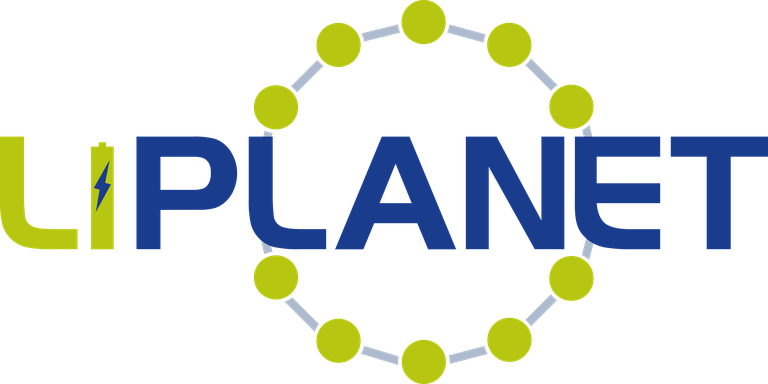LiPLANET
This project has received funding from the European Union’s Horizon 2020 research and innovation programme under grant agreement No 875479.
The project runtime is from 01.01.2020 until 31.12.2021.
The project:
Selective Laser Melting (SLM) is key for improved design and production process of aviation parts. Applied to heat exchangers (HX), it could dramatically improve global eco‐efficiency through access to radically Additive manufacturing (AM) and in particular Selective Laser Melting (SLM) is a key technology for improved design and production process of aviation parts. Applied to heat exchangers (HX), it could dramatically improve global eco‐efficiency through access to radically new designs and open new horizons in terms of shape, weight, efficiency. Nevertheless, a lot remains to be done in order to perfectly master all the design and manufacturing process, as heat exchangers are complex and critical parts. Key questions to be solved are capability of AM to manufacture thin walls, small holes/gaps, low overhang angle, thin AM layers, resulting surface roughness, and resulting mechanical strength.
The main objective of the AManECO is to enhance knowledge of metal AM and, in particular, the capability of SLM process to manufacture thin layers and wall thickness with adequate surface finish. More specifically, to investigate aerothermal and mechanical performance of thin walls, to predict them in the design of AM-HX and consequently, be able to optimize the HX´s design process in an Eco-friendly way after knowing the limits of the metal AM technology.
The achievement of the technical objectives of AManECO will enable:
– To increase efficiency of Heat Exchangers up to 10%.
– To reduce the overall cost of the manufacturing of heat exchangers by 30%.
– To reduce material waste and scraps by 15 % per component.
– To reduce time-to market from several months to one month.
The achievement of these objectives will be supported by the multidisciplinary AManECO consortium, formed by experts in design and AM of heat exchangers (LORTEK and FTI), samples characterization (CIDETEC, MU-ENG), numerical simulation (EPSILON and TUHH), and life cycle assessment and eco-design (CTME).

Start: 01 | 01 | 2020
End: 31 | 12 | 2021
Technische Universität Braunschweig
EIT InnoEnergy
EMIRI
AIT Austrian Institute of Technology
CEA Liten
CIDETEC Energy Storage
ABEE – Avesta Battery & Energy Engineering
VDI/VDE Innovation + Technik
Financiator
No hay imágenes en el array de logos financiadores.Sectors
- No sectors found
Technological fields
- There are no technological fields












